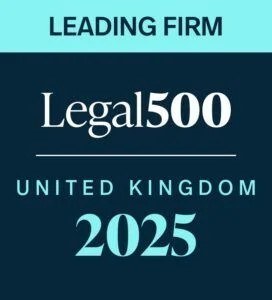‘All-American’ designer clothes store, Abercrombie & Fitch (A&F) came under fire recently (August 2013) from French rights watchdog Defenseur des Droits (Defender of Rights), after it was accused of discriminating against the “aesthetically-challenged” by only employing good looking people in its Paris store. So this begs the question: is it unlawful to hire only good looking people?
The Law In the UK, under sections 39 & 40 of the Equality Act 2010, it is unlawful to discriminate, victimise or harass a person, during the recruitment process based on any of the nine specific "protected characteristics", which are:
- age;
- disability;
- gender reassignment;
- marriage and civil partnership;
- pregnancy and maternity;
- race;
- religion or belief;
- sex; and
- sexual orientation
Unlike other employment law claims, compensation for discrimination is uncapped and can include an award for injury to feelings. However, whilst A&F’s desire to recruit good-looking people may have upset Defenseur des Droits, it is not a characteristic protected by European Union discrimination law and accordingly, A&F are not acting unlawfully by claiming to hire only good-looking employees for their Champs-Élysées store.
Background Although the amorphous concept of beauty slips through the cracks of the Equality Act, an employer’s strict application of a recruitment or dress code policy, based on beauty, may constitute direct or indirect discrimination. Indeed, A&F were successfully sued for harassment arising from a disability in 2009, after an English student was made to work in the stock room of its London store because covering her prosthetic arm with a cardigan in summer breached its strictly applied “look-policy”.
Further, in 2004 U.S. District Court ordered A&F to pay $40 million in compensation in a class-action lawsuit involving claims of direct race discrimination by a number of ethnic minority candidates and employees. The claims against A&F included employees being dismissed or refused jobs because the stores had too many non-white members of staff.
Comment Our employment team advises: “From looking at the lawsuits that A&F have had to defend, as well as the recent and now infamous case of Eweida -v- British Airways plc (involving the crucifix wearing flight attendant), it is clear that there are real and significant risks for employers applying unjustifiably strict recruitment or dress code policies. Therefore, it is important that employers keep a clear paper trail to demonstrate that they made objective and justifiable decisions when applying a recruitment or dress code policy. Such paperwork is invaluable in the Employment Tribunal as it can be relied upon to show what reasonable steps were taken and considered in order to prevent unlawful discrimination or harassment.
Accordingly, from a risk management point of view, the most crucial documents during the recruitment process are likely to be the job description and person specification. If these documents are well-drafted they will focus the mind on the skills, knowledge, and experience required for the vacant post as well as demonstrating that an objective approach was taken and that the employer was not influenced by any unlawfully discriminatory considerations.
The A&F cases highlight the need for employers to avoid either explicitly or implicitly excluding those with a particular protected characteristic. Accordingly, unless employers can objectively justify why they included requirements relating to physical attributes, in their job descriptions, person specification or dress code policy they risk defending, potentially costly, discrimination claims."











